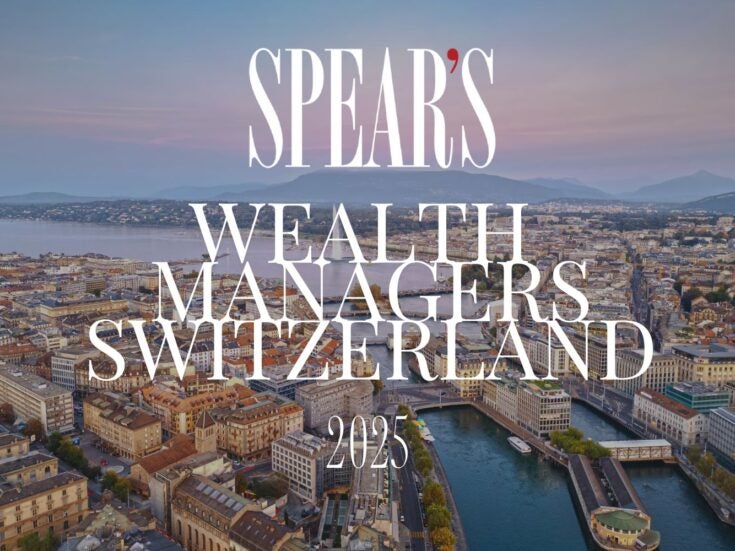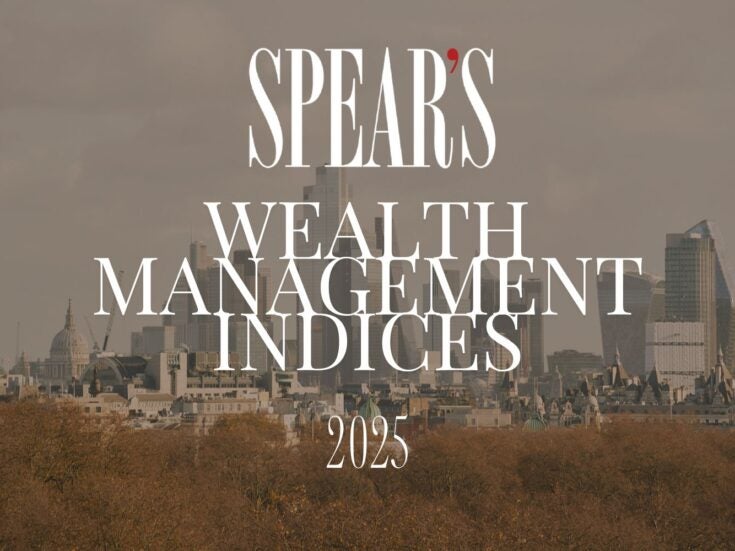
Use Your Mellon
Sure, times have changed, but there’s still much to be learned from the sober, sensible style of corporate management espoused by the founders of the Mellon dynasty, says Rupert Phelps
THE MELLON FAMILY’S approach to the holding and nurturing of companies was widely known as the ‘Mellon System’ and was very focused on what would now be termed governance, both corporate and family. Governance focuses on organisation, communication and succession, and these fundamental considerations are enhanced in effectiveness when there are close and well-functioning relationships between investors and managers.
A central component of this system was the retention of ‘closely held’ companies: ‘closed’ corporations in which the shares of stock are not publicly traded, but rather are held by a small group of people, often of the same family. Stock is therefore unavailable to outsiders, though in some situations minority shares may be available to external investors (leading to light trade volume).
Such firms are, by their nature, resilient against hostile takeovers and proxy wars, but while they tend to be stabler (because their share prices are determined not by investment decisions but by the value of the company itself), they are restricted in not having access to as much working capital as listed corporations with their wider shareholder base.
The Mellon family have often combined a sense of solidity and calm with a streak of pioneering spirit. Judge Thomas Mellon (‘The Judge’, founder of the family) established the first true single family office in America in 1868, and in 1869 founded T Mellon & Son’s Bank (the origin of one side of BNY Mellon.) He acted as banker and financier to many of the great entrepreneurs of his day (Carnegie, Frick, Heinz, Phipps and Westinghouse), but he never co-invested with them. His son Andrew William Mellon (AWM) did take this logical step, and in so doing created a far greater fortune than any other Mellon family member.

The Pittsburgh Reduction Company (later to become Alcoa), together with various oil ventures, were the first examples of the Mellon System. The approach which AWM and his brother Richard Beatty Mellon (RBM) took to nurturing and developing these nascent companies was a consistent and coherent system. The brothers sought out business partners and investors whom they were content to finance while allowing them to manage the daily affairs of the business.
This was the same business model that their father had pioneered, and so their ‘system’ was very much influenced by the Judge’s approach. Yet the Mellon System was never static or rigid, it was continually adapted to new technologies, markets and ownership structures.
AWM would look back on early-20th-century American commerce as typified by nothing less than a major change in the organisation of companies from ‘thousands of competing units’ to ‘great self-contained’ enterprises, thus enabling large-scale integrated production. This had only been made possible by a combination of daring entrepreneurial activity and the support from the banks of ‘industrial financing’, a function in which the Pittsburgh banks were pioneers. The resultant promotion of local businesses was marked, and in providing the capital for such enterprises, bankers had been ‘drawn more and more into industry’. A reciprocal benefit was that industrial leaders placed much of their knowledge and understanding with their bankers, often as board members.

AWM rarely sought fast profits or especially high dividends, being committed to nurturing companies to prosperity, and once profitable would reinvest profits to build up a surplus. Profits were only sometimes distributed to shareholders through stock dividends. It was the principle of rejecting quick speculative success and devoting efforts to ‘make something grow’, which the brothers even regarded in the patriotic context of increasing the nation’s resources and productive capacity to the wider benefit of all citizens.
THE MELLON’S DISDAIN for reckless speculators was reinforced in the crash of 1929, when the people who suffered the worst were those who had sought paper profits rather than nurturing real companies. Since the majority of AWM’s holdings were in the great family companies, none of which were publicly traded, his own finances were insulated from much of the effects, and he continued to prosper.
Any effective business acquisition and growth plan should include likely exit strategies, notwithstanding the long holding periods that were typical to the Mellon family. One character of a closely held company is that such transitions can usually be managed smoothly and quietly.
The first sale of a major Mellon business (since that of the New York Shipbuilding Company in 1916) was the Standard Steel Car Company. AWM and RBM decided that a sale was appropriate, given the death or retirement of two of the three principal managers (and the brothers themselves were also advancing in age). Negotiations began before the Crash with J P Morgan’s Pullman Company and although the transfer was not made until March 1930, the valuations remained those agreed before the stock-market fall. The sale could not have been handled more skilfully or with better timing.
At AWM’s death, the combined resources of the Mellon National Bank and the Union Trust Company made it one of the ten largest banks in the country. Looking at the breadth of the ‘portfolio companies’ which AWM held, he may be seen as a far-sighted exponent of what is now termed diversification, especially in contra-distinction to the other famous American ‘robber barons’ who tend to be associated principally with a single business: Astor (real estate, but also fur), Carnegie (steel), Frick (coke making and steel), Morgan (finance), Rockefeller (oil) and Vanderbilt (transport — mainly railroads).
AWM may have showed a striking commitment to building up businesses (as opposed to stock-market speculation), but it would be difficult to exclude him from the list of ‘robber barons’. The ‘self-image of the tycoon as patriot’ current among AWM’s peers, and something with which he clearly concurred, rather ignores some of their less agreeable practices, such as using government influence to win contracts. AWM’s business empire became quite monopolistic and it can be argued that the family enjoyed a greater degree of control in their state than any other family in a similarly industrialised region.
THE MELLON SYSTEM of closely held companies was certainly successful in that it created a substantial legacy, both in terms of financial assets and cultural considerations. AWM eventually became one of the richest people in the United States, but the fact that many Mellon companies were closely held has frustrated many attempts at estimating AWM’s overall wealth.
In the mid-1920s, he was the third highest income tax payer in the US, behind only John D Rockefeller and Henry Ford. His wealth peaked in 1929-30 (note the date and thus how efficacious the Mellon system was in value creation), with a book value of about $140 million. (The actual worth would have been twice or three times that, but a conservative doubling to $280 million would give a purchasing power in 2012 of $3.5 billion.) For reference purposes, Carnegie was worth $475 million on his death in 1919 and Rockefeller $1.4 billion on his death in 1937.
The inheritance continued. When, in 1957, Fortune prepared its first list of the richest Americans, it estimated that Paul Mellon, his sister Ailsa Mellon-Bruce and his first cousins Sarah Mellon Scaife and her brother Richard King Mellon were all among the richest eight people in the US, with fortunes of $400-$700 million each ($500 million in 1957 would have a purchasing power of $4 billion in 2012).
When Mellon Bank celebrated its centenary in 1969, most of the great Mellon companies had ceased to be closely held, and so faded the old system of interlocking family directorships with dominant Mellon family holdings. Mellon Bank was, in part, a proprietary investment vehicle for family assets, and of all the multifarious Mellon family businesses, their bank was the only one that bore their name. These attitudes led to a culture of conservatism and long-term investment and reinvestment of income, which survived in Mellon Financial Corporation through its merger with the similarly conservative Bank of New York and has a tangible existence in that firm’s modern Family Office (FO) Services business.
In some senses, AWM was not a pioneer; during his heyday, new methods of business management were emerging, principally the development of salaried managers and attendant corporate hierarchies, separate from innovators, inventors and investors. Rather he stuck in principle to the Judge’s formula, though developing it to a far greater degree (scale and profit) and applying it to emerging opportunities and technologies.
There is a modern slant to these observations about Mellon’s closely held company structures. The $2 billion purchase of facebook (whose IPO is thought in the $100 billion range) equity arranged by Goldman Sachs highlighted a small but significant shift in the US capital markets of a tendency for privately held technology companies (and their owners) to sell equity to outside investors while staying private. The attractions of retaining a closely held company remain potentially strong, despite the challenges created by the capital requirements to generate growth. One can only ponder how AWM might have applied his financial sagacity to current investment opportunities in technology.







